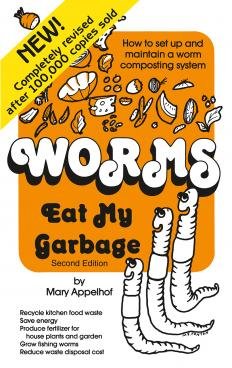

A frost is defined as a covering of minute ice needles, that forms on surfaces at or below freezing. Even if the actual temperature is not freezing, windchill can cause the moisture in a plant to freeze. A frost also has come to mean a brief dip in temperatures to freezing or just below, with or without ice crystals. With ice crystals, the technical name is hoarfrost. Black frost refers to a dry freeze without ice crystals, which kills vegetation, turning it black.
A freeze, on the other hand, occurs when the temperature drops well below freezing and may or may not include ice crystals. The amount of time below freezing to warrant a freeze warning varies depending on geography. Freeze warnings are issued when temperatures will be below freezing for a sufficient amount of time to do damage to vegetation."
Frost occurs on a clear, still night, as heat radiates from surfaces to the air. The temperature drops below 32 degrees, and water vapor freezes on those surfaces. A light covering of hay, a slight overhang of a tree, anything that helps hold air will prevent too much damage from a frost because it helps hold the slight bit of heat released as moisture freezes.
The reason most frost happens on clear nights is because clouds and fog help hold heat closer to the earth, usually preventing a frost. Clear nights carry more risk of frost.
A freeze is when very cold air blows into an area. The air is colder than freezing, (water freezes at 32°) there is wind, and the humidity is very low. There are varying levels of freeze. (see below)
Frost - 32 ° F
This is also referred to as a 'lite' freeze.
Damage depends upon the frost's duration, topography, humidity, etc...
Moderate Freeze - 29 °F to 32 °F
'Killing Frost'
Tender plants are killed with little effect on other vegetation.
25 °F to 28 °F
There will be some damage to most vegetation and heavier damage to fruit blossoms and tender plants.
Severe Freeze - 24 °F and colder
There is heavy damage to all but the hardiest of plants.


 "Beautifully illustrated and practical Are you ready to take your garden from good to great?
Learn how to build your soil...and more!
"Beautifully illustrated and practical Are you ready to take your garden from good to great?
Learn how to build your soil...and more!
Discover how to easily build an attractive and affordable greenhouse that will grow anything in any conditions. Also, building your own greenhouse just makes economical sense. You can build a greenhouse at just a fraction of the cost of buying a pre-built one. Most pre-built greenhouse you buy need to be assembled anyway, you are really just paying hugely inflated prices for the material.

The book that started a backyard worm revolution! With more than 150,000 copies sold, this is the bestselling and remains the definitive guide to vermicomposting--a process using red worms to recycle human food waste into nutrient-rich fertilizer for plants. Author Mary Appelhof provides complete illustrated instructions on setting up and maintaining small-scale worm composting systems. Read More...